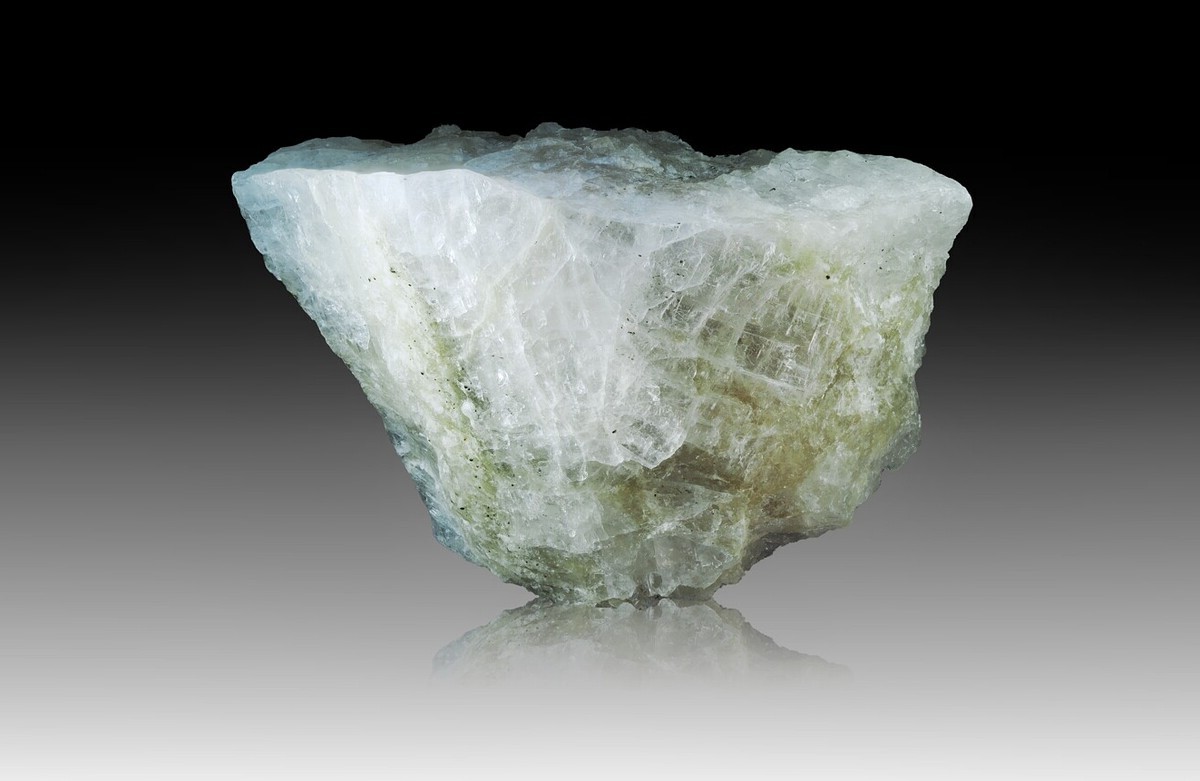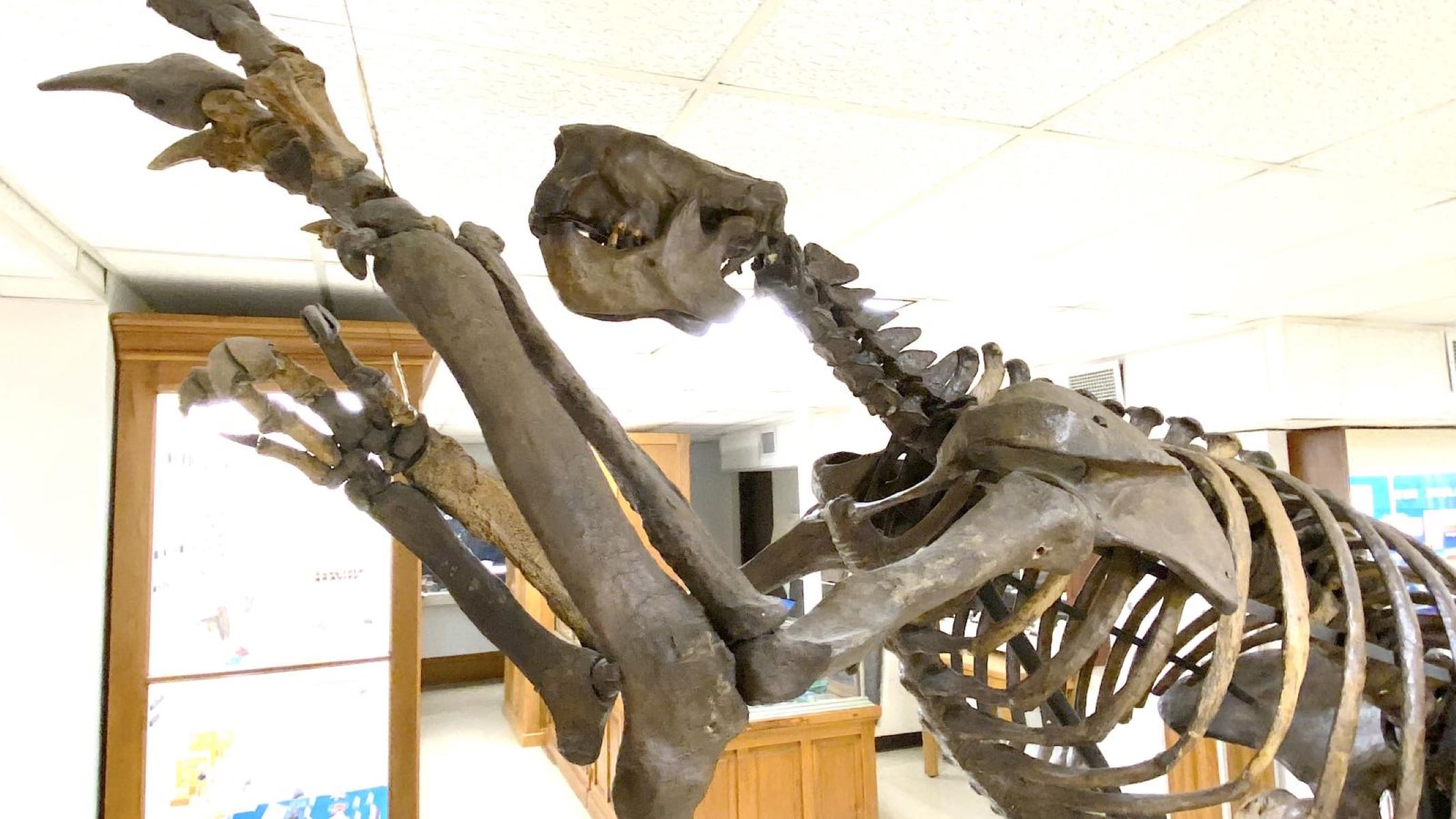
Chiolite might sound like a rare gem, but it's actually a fascinating mineral with a unique story. Found primarily in Greenland, this mineral has intrigued scientists and collectors alike. But what makes Chiolite so special? Chiolite is composed of sodium, aluminum, and fluoride, giving it a distinctive chemical structure. Its name comes from the Greek words for "snow" and "stone," reflecting its icy appearance. This mineral isn't just a pretty face; it has practical applications too. Used in the production of aluminum, Chiolite plays a crucial role in various industries. Ready to dive into more intriguing facts about this mineral? Let's get started!
Key Takeaways:
- Chiolite is a rare, snowy white mineral with fascinating properties. It's used in aluminum production and has historical significance in the development of the aluminum industry.
- Chiolite's unique physical properties make it valuable for industrial and educational purposes. It can be synthetically produced and has potential applications in optical instruments and environmental research.
What is Chiolite?
Chiolite is a rare mineral that many people might not have heard of. It has some fascinating properties and a unique history. Let's dive into some intriguing facts about this mineral.
-
Chiolite is a fluoride mineral. It primarily consists of sodium and aluminum fluoride.
-
The name "Chiolite" comes from the Greek words "chion," meaning snow, and "lithos," meaning stone. This name reflects its snowy white appearance.
-
Chiolite was first discovered in Greenland. The mineral was identified in 1846 by the German mineralogist Heinrich Rose.
-
This mineral is typically found in granite pegmatites. These are coarse-grained igneous rocks that form during the final stage of magma crystallization.
-
Chiolite has a hardness of 3 on the Mohs scale. This makes it relatively soft compared to other minerals like quartz or diamond.
-
The mineral has a specific gravity of 2.95. This means it is slightly denser than water.
-
Chiolite is often associated with other fluoride minerals like cryolite and elpasolite. These minerals share similar chemical compositions and are often found together.
-
The primary use of chiolite is in the production of aluminum. It acts as a flux in the electrolytic process of extracting aluminum from bauxite ore.
-
Chiolite can also be used in the manufacture of glass and ceramics. Its fluoride content helps to lower the melting point of these materials.
-
The mineral is transparent to translucent. This means light can pass through it, but it may not be entirely clear.
Physical Properties of Chiolite
Understanding the physical properties of chiolite can help in identifying and utilizing this mineral. Here are some key characteristics.
-
Chiolite has a vitreous luster. This gives it a glass-like appearance when light reflects off its surface.
-
The mineral typically forms in massive or granular habits. This means it doesn't usually form well-defined crystals.
-
Chiolite has a white streak. When scratched on a porcelain plate, it leaves a white powdery line.
-
It has a perfect cleavage in one direction. This means it can easily split along a specific plane.
-
Chiolite is brittle. It can break or crumble easily under stress.
-
The mineral is insoluble in water. It doesn't dissolve when exposed to moisture.
-
Chiolite can exhibit fluorescence under ultraviolet light. This means it can glow when exposed to UV rays.
-
The mineral has a refractive index of 1.34. This measures how much it bends light passing through it.
-
Chiolite is non-radioactive. It doesn't emit any harmful radiation.
-
The mineral is chemically stable. It doesn't react easily with other substances.
Historical and Geographical Significance
Chiolite has a rich history and is found in specific locations around the world. Let's explore its historical and geographical significance.
-
Chiolite was first described in 1846. Heinrich Rose, a German mineralogist, identified and named the mineral.
-
The mineral was initially discovered in Ivigtut, Greenland. This location is known for its rich deposits of fluoride minerals.
-
Chiolite has also been found in Russia. The Kola Peninsula is another significant source of this mineral.
-
Canada is home to some chiolite deposits. The mineral has been identified in the Northwest Territories.
-
Norway has reported occurrences of chiolite. The mineral is found in the Langesundsfjord region.
-
Chiolite is relatively rare. It is not commonly found in large quantities.
-
The mineral played a role in the development of the aluminum industry. Its use as a flux helped in the efficient extraction of aluminum.
-
Chiolite is often studied by mineralogists and geologists. Its unique properties make it an interesting subject of research.
-
The mineral is sometimes used in educational settings. It helps students learn about fluoride minerals and their properties.
-
Chiolite has a limited commercial value. Its rarity and specific uses make it less commercially significant than other minerals.
Interesting Facts About Chiolite
Here are some additional interesting facts about chiolite that highlight its unique characteristics and uses.
-
Chiolite can be synthetically produced. This allows for its use in various industrial applications without depleting natural reserves.
-
The mineral is sometimes used in optical instruments. Its transparency and refractive index make it suitable for certain optical components.
-
Chiolite can be found in mineral collections. Collectors value it for its rarity and unique properties.
-
The mineral is sometimes used in gemology. Although not a common gemstone, its unique appearance can make it a collector's item.
-
Chiolite is studied for its potential environmental applications. Researchers are exploring its use in waste treatment and pollution control.
Final Thoughts on Chiolite
Chiolite, a rare mineral, holds a unique place in the world of geology. Its distinct properties, such as its white to colorless appearance and its occurrence in specific geological environments, make it fascinating. Found primarily in Greenland and Russia, chiolite's rarity adds to its allure among mineral collectors and geologists alike.
Understanding chiolite's formation and characteristics can provide insights into the geological processes that shape our planet. Whether you're a seasoned geologist or just someone with a curiosity for minerals, chiolite offers a glimpse into the intricate and often hidden world beneath our feet.
So next time you come across a piece of chiolite, remember the fascinating facts that make this mineral so special. Its rarity, beauty, and the stories it tells about Earth's history are truly remarkable. Keep exploring and learning about the wonders of our natural world!
Frequently Asked Questions
Was this page helpful?
Our commitment to delivering trustworthy and engaging content is at the heart of what we do. Each fact on our site is contributed by real users like you, bringing a wealth of diverse insights and information. To ensure the highest standards of accuracy and reliability, our dedicated editors meticulously review each submission. This process guarantees that the facts we share are not only fascinating but also credible. Trust in our commitment to quality and authenticity as you explore and learn with us.


